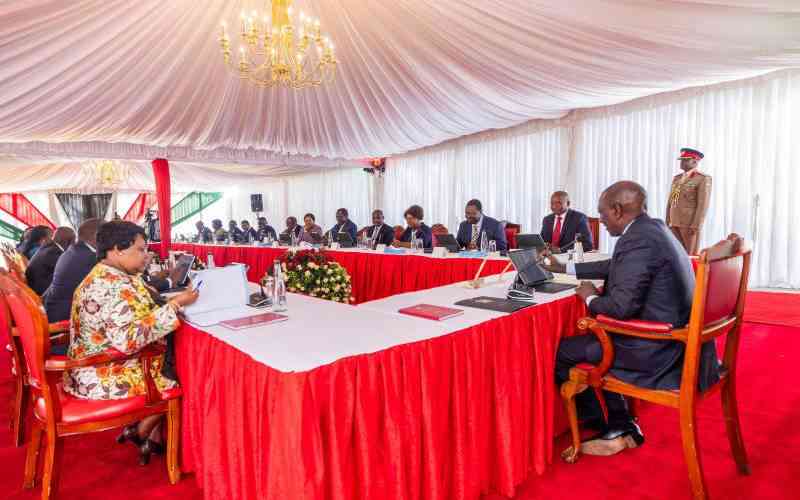×
The Standard e-Paper
Home To Bold Columnists

President William Ruto chairs a cabinet meeting at Kakamega State Lodge on January 21, 2025. [PSC, Standard]
Eyes always light up and the national pulse beats harder when the government deigns to broach the sensitive subject of parastatal reform, and last week's brief from this administration's first Cabinet meeting of the year - unusually titled "Cabinet News" - was clearly no exception.